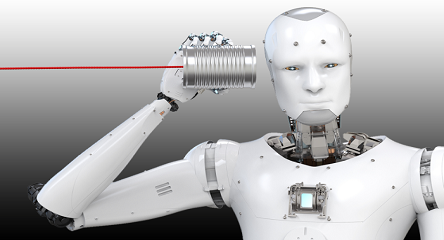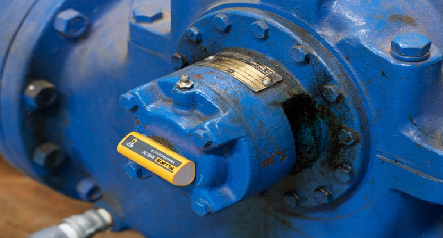Energy exists in numerous forms, including chemical, nuclear, radiant (light), thermal, sound (vibrations in the air), electrical, and mechanical (kinetic and potential). When speaking of lubrication, we usually focus on the last two.
To understand how lubricants affect energy use, it helps to understand the physics behind energy.
Most of the energy that we use ultimately comes from the sun, as a radiant thermal source. The sun provides light and heat that we can use, and it is more renewable than many of the other energy sources we will discuss.
The sun’s energy flows into plants and animals, which can be turned into chemical energy, such as oil, coal, and natural gas, through natural or mechanical means. Biofuels can fall into this category. These can be burned to produce thermal energy, which can be converted into electrical and mechanical energy. Some of that mechanical energy may become sound.
You may have learned Einstein’s and Newton’s theories in school. Their work tells us that kinetic energy is equal to one-half mass times velocity squared.
So we are taking something that has a mass, and velocity can be measured in many ways, such as meters per second. We are moving something over time. Think about this in regards to the equipment we are using: we are moving stuff through distances over time, which leads into the next equation.
Work is equal to force times distance. The amount of work you put into something is equal to the energy. That means that conserving energy is conserving work.
One misconception about energy is that it is lost—it is not actually lost, but we say it is lost because we have not figured out a way to access it. Over time, hopefully we will find more ways to capture some of that energy that we now consider to be wasted.
“Power” and “energy” are often treated as synonyms. Some of us get our electricity from a “power company” though some of them are changing their names to “energy providers.” These words are related, but they are not the same.
From a physics perspective, power refers to the energy you conserve over a certain time period—the rate energy is used. This is often measured in watts or kilowatts.
In the United States, when we buy vehicles we talk about horsepower. This is because James Watt (whose surname became a unit of measurement) wanted to determine the amount of energy that was needed for mining mules to move materials.






